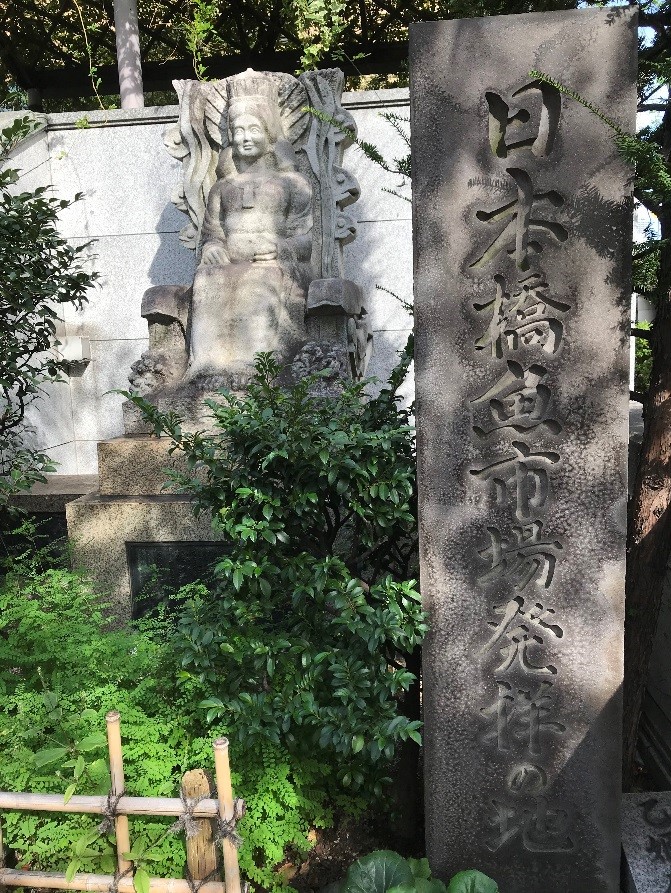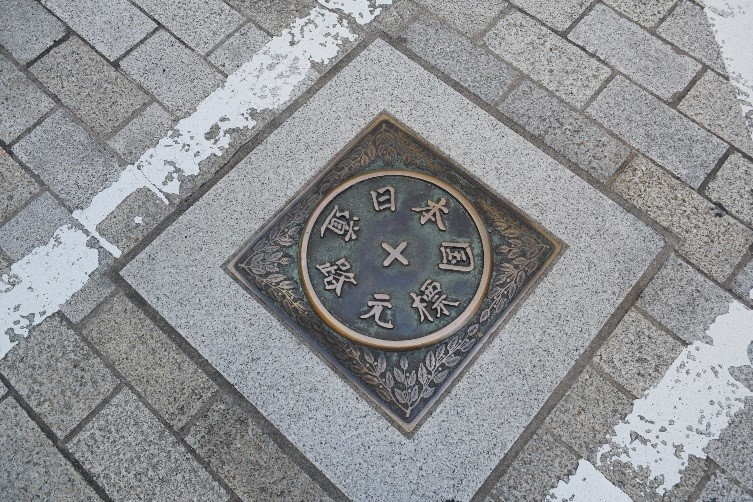“Tokyo Review 018” Nihombashi area-2
“Nihombashi River” and “Nihombashi Bridge”
Nihombashi area is about to be reborn as a city with cutting-edge office space as well as the aroma of Japanese culture and the skill of old good “Takumi (craftsmen)” which foreigners are increasingly concerned about. This time, I would like to explore the roots of Nihombashi, examining the history.
In 1590, when Ieyasu Tokugawa was ordered to rule Edo by Hideyoshi Toyotomi, Edo had the residence of Lord Dokan Ohta but was a small rural town with a population of 60 thousand and full of wetlands. Ten years later, Ieyasu, who won the victory at the Sekigahara battle, decided to place a Shogunate (feudal government) in this area, and detected a major reconstruction of the city area. This is a so-called “Nation-concerned Construction Projects” including the reclamation of “Hibiya Cove” which had been cutting the land from Tokyo Bay to Marunouchi and excavation of “Kanda River” and etc. From the moat of the Edo Castle, a clockwise spiraling channel was constructed, and it was used not only for the castle’s defense but also for water transport. This spiral waterway made a structure that can expand the city by extending its tip that later supported one million population of Edo.
“Nihombashi River” is one of the waterways created among these huge projects for infrastructure. This small canal with 5km in length was the most suitable spots to unload goods arriving from places nationwide, which were reloaded to small boats from large ships called “Taru Kaisen” and “Higaki Kaisen”. They became the important hub which supported the logistics for Edo city and the Shogunate.
At that time, many docking stations such as the Kamakura riverbank, the Kabuto riverbank, the Yoroi riverbank, the Kayaba riverbank and etc. were installed and utilized. Names of towns such as Koami (small net) Town, Kobune (small boat) Town are the remnants of those activities.
In the year of establishment of the Shogunate, Ieyasu built a bridge over this river and the bridge eventually came to be called “Nihombashi”. As for the origin of this name, a theory says that it was a simple bridge with two timbers at first and it was called “Nihon (two-timbers) bridge” and was gradually renamed as “Nihon (Japan) bridge” as this area gradually developed as a center of Japan by Ieyasu’s city construction projects. In any case, Ieyasu designated this bridge as the starting point of the Five Trunk Roads (the starting point of the To-kaido and Owu-Kaido in a narrow sense), and this leads to the “Japan Road Trademark” that remains. Names of towns such as O-Denma-cho and Ko-Denma-cho (“Denma” means a horse used for correspondence) which remain in the surrounding area are proof that the function of communication and transporting by horses was developed in this area.
In addition, Ieyasu invited 33 skilled fishermen from Tsukuda village in Settsu Osaka to dwell in Tsukuda Island and imposed them to bring the best fishes to the Shogunate by giving fishery rights. The Shogunate allowed the fishermen to sell surplus fish and they have opened the fish market. You can find the monument of the market on the northeastern part of the “Nihombashi” and this is the roots of the Tsukiji market which has given its role to Toyosu now.
Thus, Nihombashi became the hub of transportation both on the land and water, naturally collected goods from all over the country and nurtured commercial function. Among those merchants who expanded trading mainly with samurai grew up to giants such as Echigoya, Shirakiya and Daimaru. In addition, long-established brands such as “Ninben” of Katsuobushi (1699 = figures in parenthesis stand for establishing year), “Kiya” (1792) of cutlery, “Sembikiya Store” of high grade fruits (1834), “Yamamoto Nori” of seaweed products (1849) were all born in the Edo era and carried over the history of Edo and Nihombashi to the present.

